.webp)
Lost / Monster
This is the history of Lost Energy Drink—a beverage that captured the soul of California surf culture, only to be discontinued as quickly as it appeared.

Back in 1985, while most teenagers were worried about homework and weekend plans, Matt “Mayhem” Biolos and his crew were living a different kind of California dream. They called themselves “team lost,” and their playground stretched from the snow-covered slopes of Mt. Baldy to the skateboard-friendly Pipeline in Upland, down to the perfect surf breaks of Dana Point.
This was a group of friends that were starting something authentic. The “...lost” name started appearing everywhere. Scribbled on school books, tagged on t-shirts, carved into park benches, and scratched onto tables. ’80s youth culture.
The original Lost house became legendary. Out back sat the Lost ramp, while the entire business operated from the living room. It was grassroots entrepreneurship at its finest—until the house was condemned in 1996, forcing the operation to relocate to San Clemente. But by this point, Lost had become a surf culture icon.

Starting with a clothing line in 1992, Lost Enterprises built its reputation one board short at a time. Surf videos followed in 1993, and then came the surfboards that would make Biolos one of the world’s most respected shapers.
Lost wasn’t trying to be everything to everyone. They positioned themselves to 15 to 25-year-old boarders who lived for the next wave, the next trick, the next adventure. By the early 2000s, Lost was a nationwide brand, catering to anyone with a board.
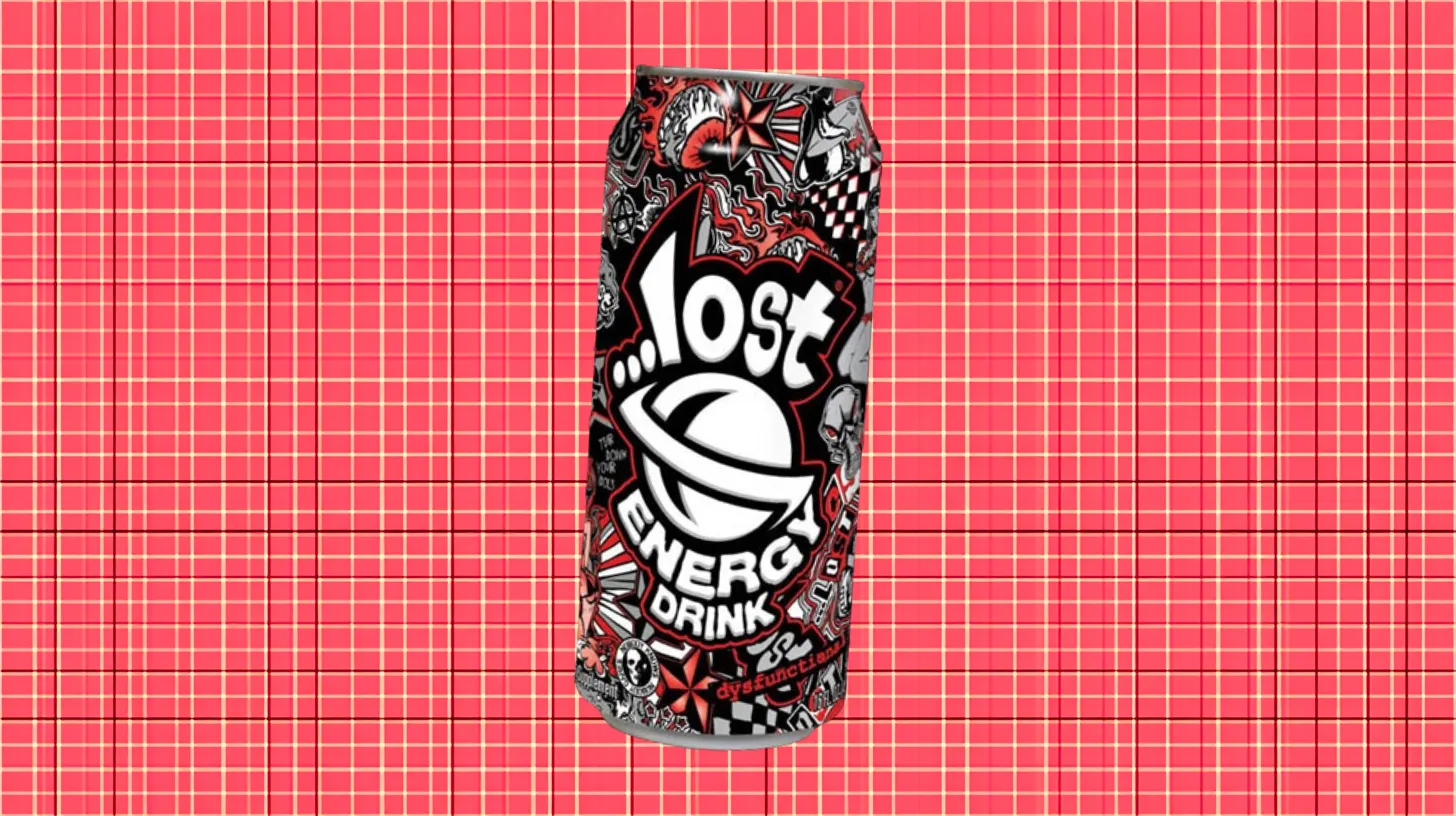
Three thousand miles away, a very different kind of story was unfolding. Hansen Natural Corporation had been around since 1935, when Hubert Hansen and his sons started selling fresh juice to Hollywood film studios and Southern California retailers. Hansen had evolved into a beverage company searching for its next big hit.
In 2002, Hansen struck gold with Monster Energy. The timing was perfect. Energy drinks were exploding, Red Bull was dominating, and there was still room for competitors. Monster’s aggressive branding and sponsorship of extreme sports created a blueprint for success.
Hansen’s executives saw an opportunity that Monster couldn’t capture. The authentic surf culture market that Lost Enterprises had built over the years.
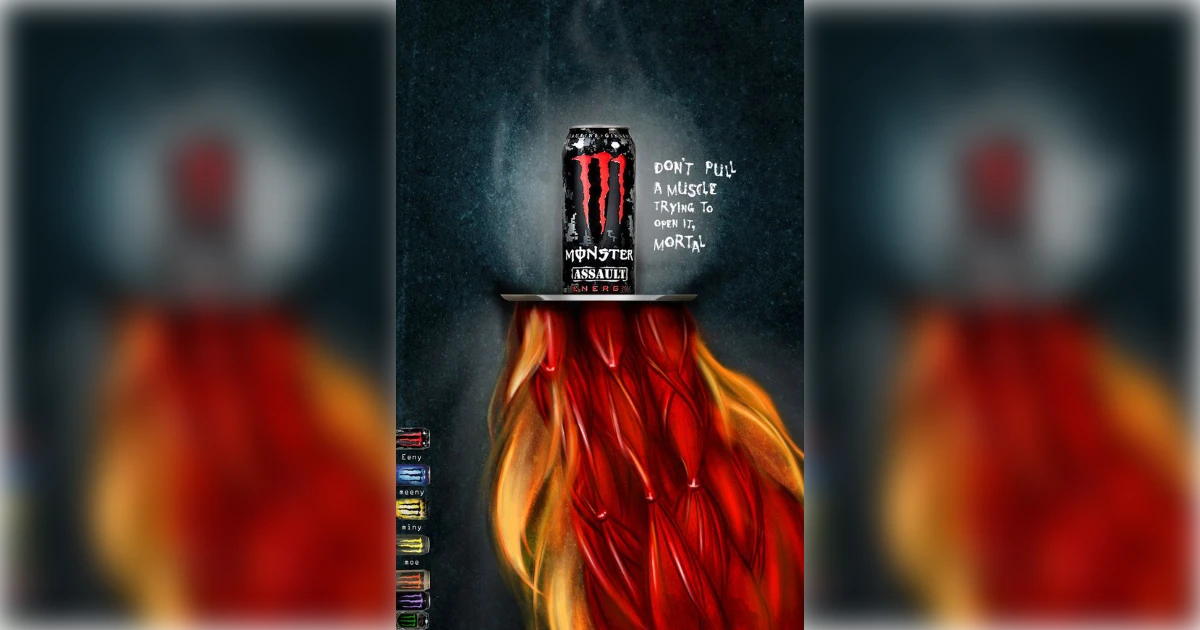
On March 23, 2004, Hansen Natural Corporation announced a partnership to create something new. They would license the rights to develop, produce, and distribute Lost Energy—bringing together Hansen’s beverage expertise with Lost’s credibility in surf culture.
They created Lost Energy Drink.
As the Lost team put it: “If you’re gonna surf, skate, and snowboard all in the same day, you’ll need some energy to go out and party afterwards. Most energy drinks suck, so we had the crew at Monster make us one that actually works, taste good and mixes even better.”
Lost Energy cans featured graffiti-style murals that looked like they belonged in the back alleys of San Clemente. The brand’s tagline was perfectly on-brand: “We had the folks at Monster make us one that didn’t suck.”
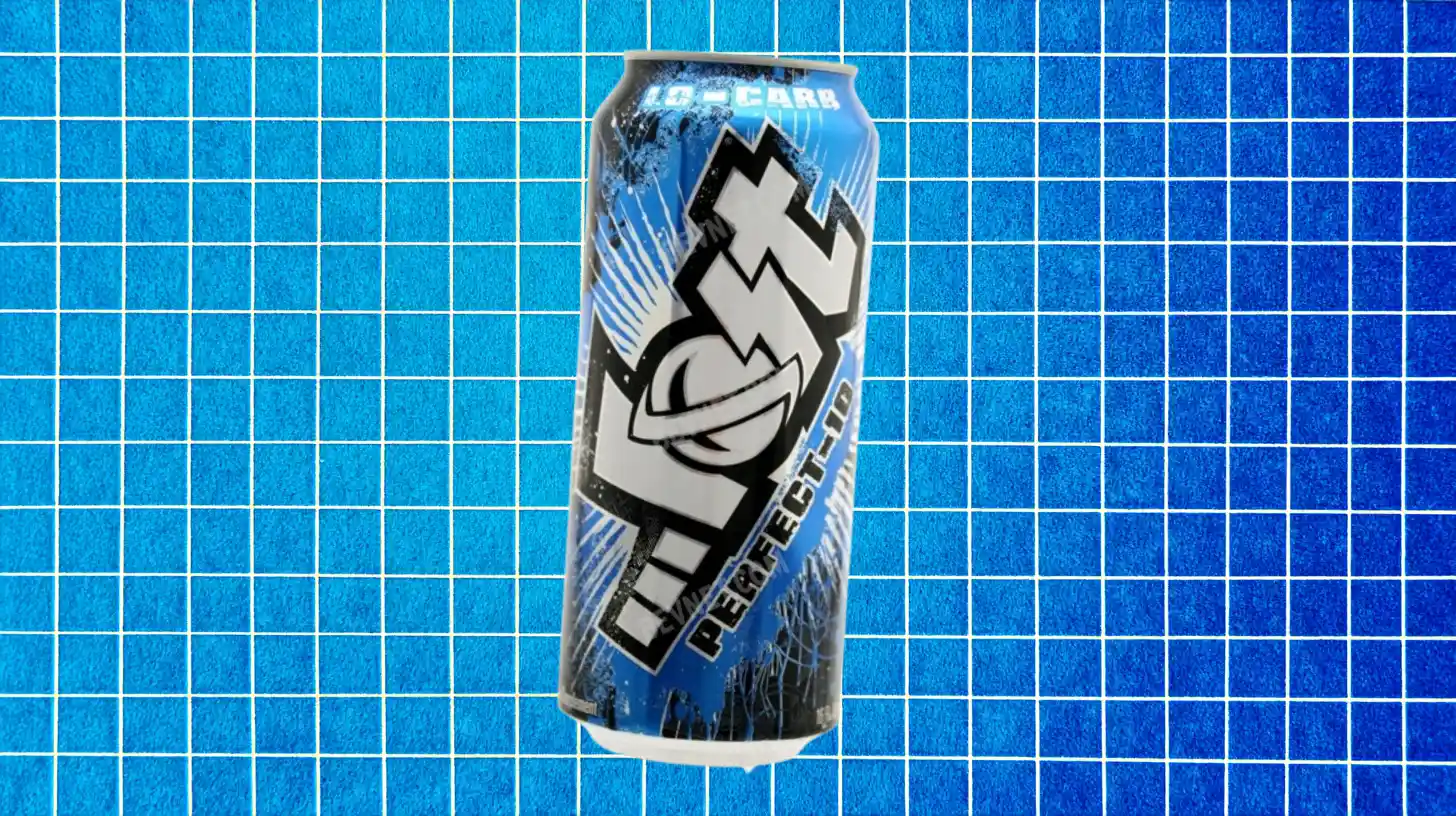
On August 1, 2005, Lost Energy officially debuted alongside two other Hansen launches: Monster Energy Khaos and Lost Perfect 10.
Lost Energy was essentially Monster Energy in Lost packaging, targeting core surf culture enthusiasts. Lost Five-O Energy + Juice brought an orange nectar flavor for those wanting something fruitier. Lost Perfect 10 offered a sugar-free option, while Lost Big Gun delivered an even more intense energy experience.
The most intriguing variant was Lost Cadillac, a collaboration that produced a margarita-flavored energy drink.
Each can was a piece of art, featuring Lost’s signature graffiti murals and even subtle nods to Monster Energy—including Monster’s “M” logo tattooed on the ankle of the island girl depicted on the original red Lost Energy can.
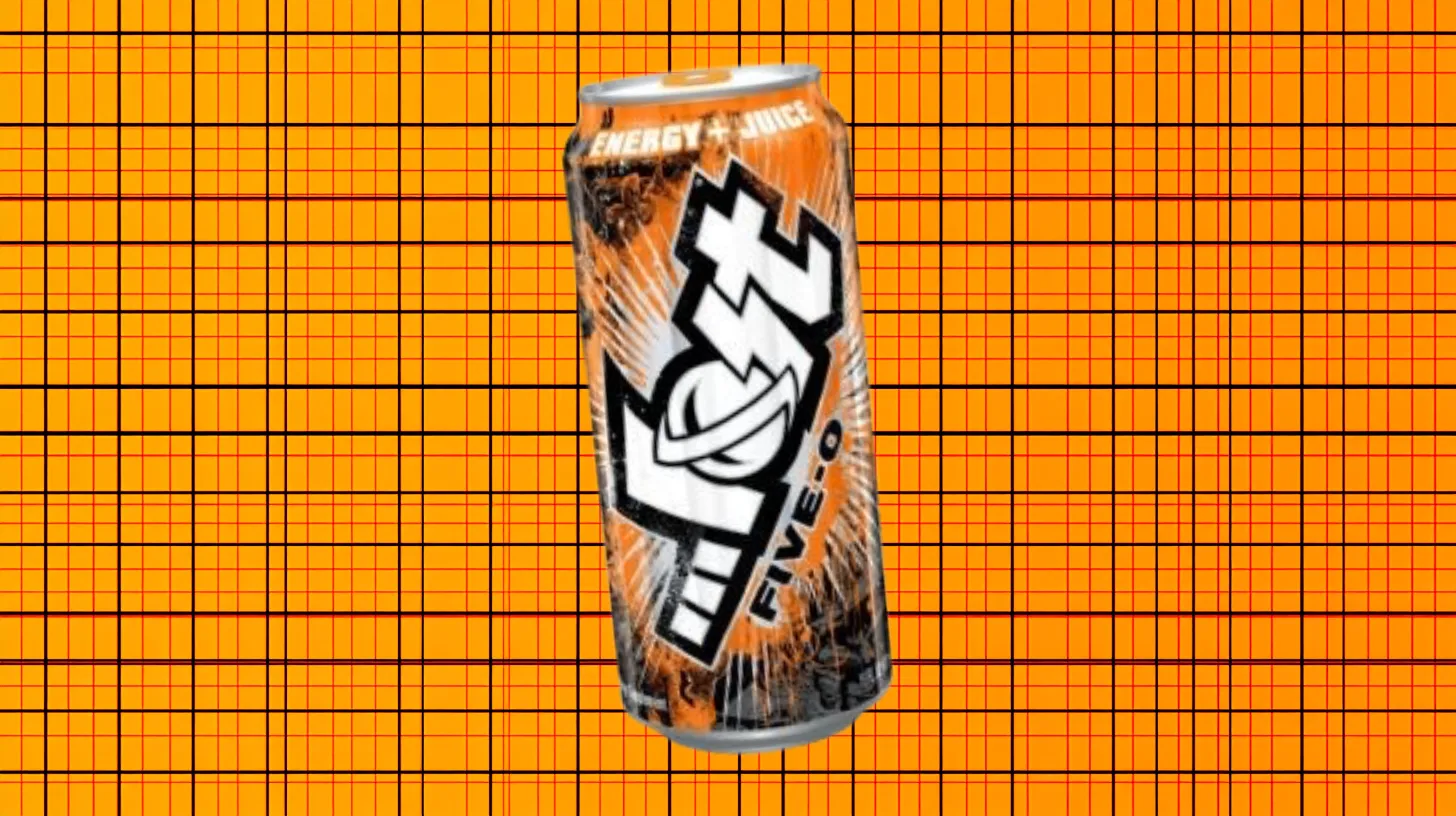
For five years, Lost Energy catered to a unique segment of the energy drink market. While Monster and Red Bull fought for mainstream dominance through massive sponsorship deals and broad marketing campaigns, Lost maintained its authentic connection to surf culture.
With a nearly identical formulation to Monster Energy. Lost Energy Drink featured carbonated water, glucose, citric acid, taurine, caffeine, and a comprehensive vitamin blend. But the packaging and positioning made all the difference.
Lost Enterprises continued thriving during this period, becoming one of the most respectable brands in the surfer universe.
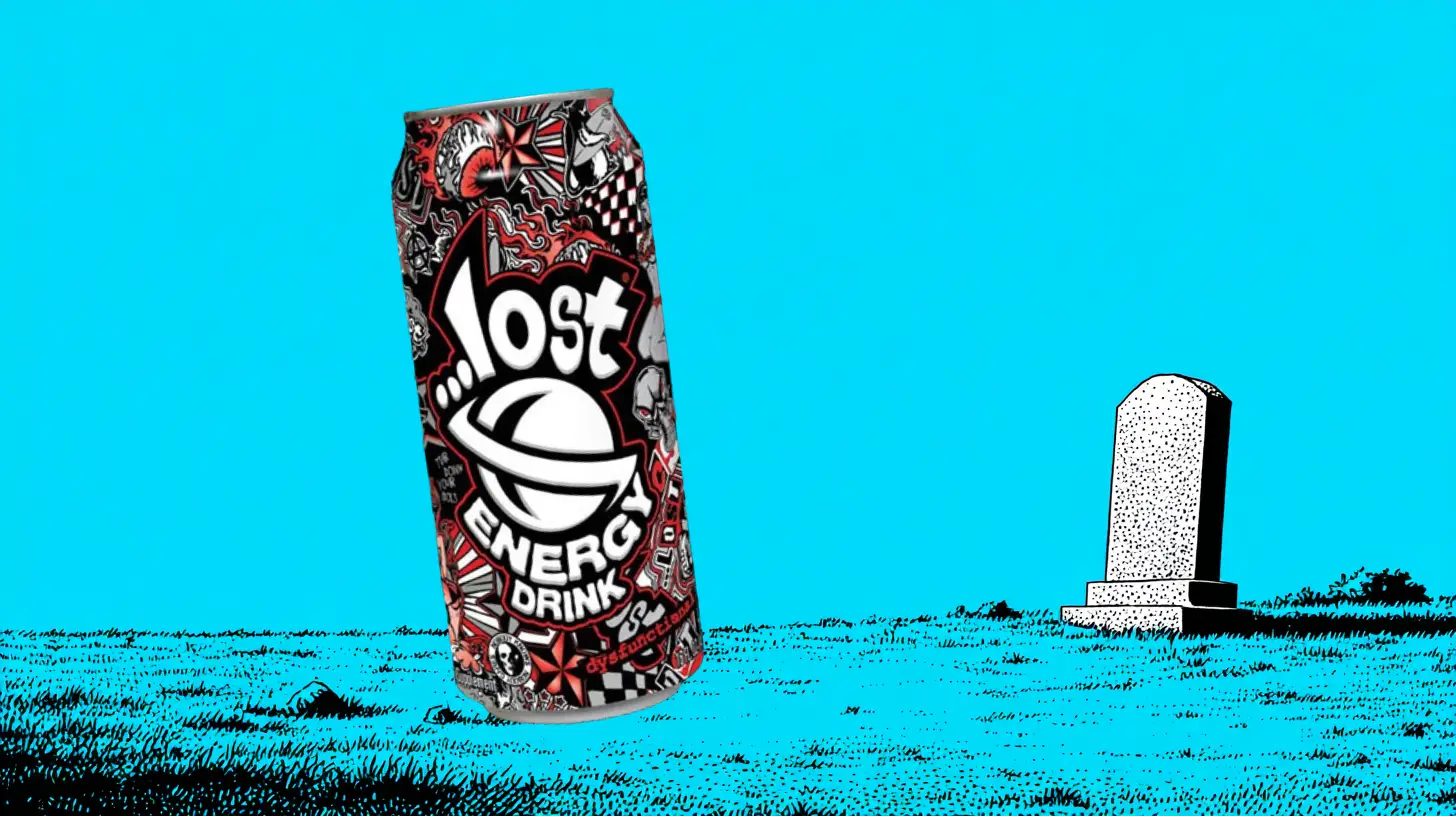
Despite its cultural credibility, Lost Energy faced a harsh reality. The beverage industry is about scale, distribution, and broad market appeal. By 2010, Hansen Natural Corporation decided that Lost Energy wasn’t scalable enough.
The math was simple but brutal. While Lost had developed a devoted following among surf culture enthusiasts, Monster Energy was capturing a much larger share of the overall energy drink market. Hansen’s resources were finite, and focusing exclusively on Monster offered the greatest potential for growth.
Monster Energy continued its explosive growth, eventually capturing around thirty percent of the U.S. energy drink market. In 2012, Hansen Natural Corporation renamed itself Monster Beverage Corporation. Monster was the future.
Today, Lost Energy Drink exists primarily in the memories of surf culture enthusiasts and the occasional vintage can found on auction sites.